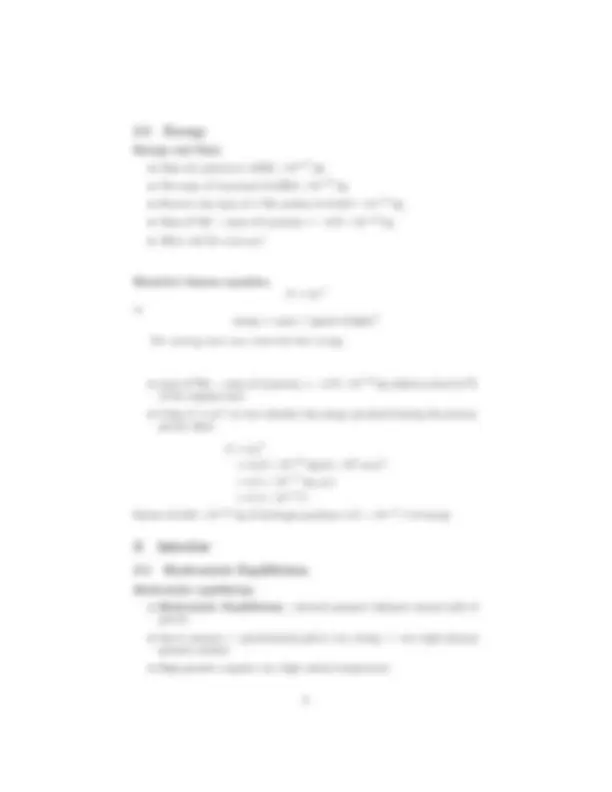




Study with the several resources on Docsity

Earn points by helping other students or get them with a premium plan


Prepare for your exams
Study with the several resources on Docsity

Earn points to download
Earn points by helping other students or get them with a premium plan
Community
Ask the community for help and clear up your study doubts
Discover the best universities in your country according to Docsity users
Free resources
Download our free guides on studying techniques, anxiety management strategies, and thesis advice from Docsity tutors
These lecture notes detail the process of proton-proton fusion in the core of the sun, including the temperature and conditions required for fusion, the steps in the fusion reaction, and the conversion of mass into energy according to einstein's famous equation.
Typology: Exams
1 / 4

This page cannot be seen from the preview
Don't miss anything!



Ast 4 Lecture 12 Notes
Inside the core
Step 1
Step 1
Step 2
Step 3
Total reaction
Hydrostatic equilibrium Hydrostatic equilibrium keeps the fusion process at a constant rate (like a thermostat)
Scenario 1:
Hydrostatic equilibrium Hydrostatic equilibrium keeps the fusion process at a constant rate (like a thermostat)
Scenario 2:
Hydrostatic equilibrium